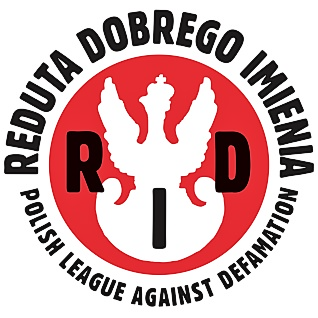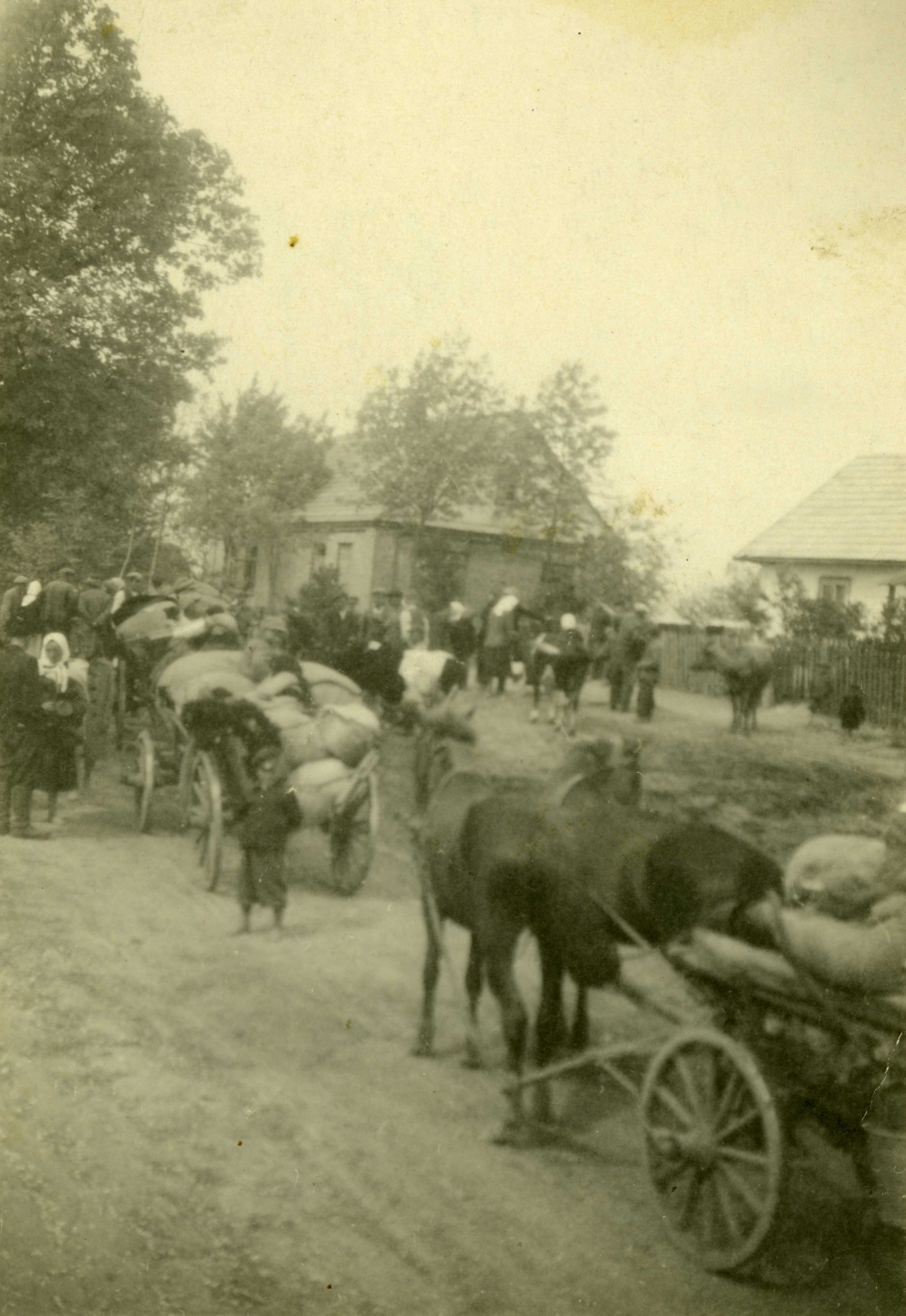The Zamosc Uprising
Polish resistance began in November 1942. The first to take up arms were members of the AK (Home Army) and soldiers from the Peasants' Battalions, an armed branch of the Polish People's Movement. They initiated an attack on the village of Udrycze, where German settlers had already begun to take control: "The fate of those Poles subjected to eviction is well known. Detention camps in Zamość and Zwierzyniec were filled with thousands of women, children, and the elderly. What to do? This question was on the lips of every Pole. Action had to be taken immediately, as evictions were progressing systematically day by day, sparing no Polish cottage. So, we go to the village of Udrycze, where German settlers have been revelling for several days, and, having no other choice, we simply set fire to the village in several places, thus smoking out the hated enemies who stink up the Polish land."
In December 1942, Commander Franciszek Kamiński of the Peasants' Battalions arrived in Zamość and ordered his forces to initiate retaliatory actions. These actions were to go in three directions: firstly, to support the population in organizing self-defence; secondly, to try to stop eviction expeditions; and thirdly, to strike at villages already occupied by German colonists.
It was crucial that the defines of the Polish population was supported by units from the Peasants' Battalions, the Home Army, and even communist forces fighting in the ranks of the People's Guard. All these organizations simultaneously launched actions against the German occupiers.
These actions were in line with the order issued by AK Commander General Stefan Rowecki, codenamed "Grot," published on December 8, 1942. In the document, Rowecki wrote: "The population must resist passively and actively. Burn homesteads, destroy abandoned property in such a way that only ruins remain for the occupier. Do not allow for the separation of families, for beating, rape, and torture; respond with axes, pitchforks, and sickles. Defend life and property with claws until the ultimate extremity... Support the self-defence of the civilian population with the actions of sabotage units, which will attack the police and administrative authorities conducting evacuations from the outside. Above all, eliminate the leaders of the eviction action. Destroy buildings and property in those settlements where the population could not do it themselves. Do not let the settled Germans live."
This order intensified the actions of the Polish resistance. In late December, the Peasants' Battalions, supported surprisingly by Soviet partisans, engaged in a battle near Wojda, attacking a German special battalion escorting around a hundred German colonists. Additionally, in January of the following year, the Home Army carried out "Wieniec II" (Wreath II) action, resulting in dozens of strikes on various German transportation points. Furthermore, on February 1, 1943, units from the Home Army and the Peasants' Battalions clashed with the Germans in the largest battle at that time in the Zamość region, the Battle of Zaboreczno, which ended in a total victory for the Polish partisans.
Similar actions, carried out by the Polish underground, were significantly more numerous, prompting the Germans to coin the term "Zamość Uprising" and halt resettlement operations. However, the calm did not last long. In the summer of 1943, the Nazis initiated the third stage of the resettlement action, codenamed "Werwolf." It was the most tragic period of the entire "Aktion Zamość," as the Germans, having learned from their experience in previous months, committed significantly larger military forces to it, showing no mercy to displaced Poles.
During that time, from June to August 1943, about sixty thousand people were resettled. Nonetheless, thousands perished in mass executions, conducted, for example, in the so-called Rotunda Zamojska or pacification actions.
A significant event during the Zamość Uprising was the activity of the AK intelligence soldier Dominik Szajner, codenamed "Looping," who obtained a map from the Germans indicating villages earmarked for resettlement. This map was stolen from the resettlement office where Szajner worked. He had been employed there because he gained German trust, spoke German fluently, obtained a military booklet as a Wehrmacht volunteer, and duplicated keys to official furniture where various documents were kept. After hours, he meticulously copied them. Additionally, he gathered information about the direction of German resettlement commissions and the accompanying gendarmerie. All this information was passed on to his commanders, who sought to make the most of it.




